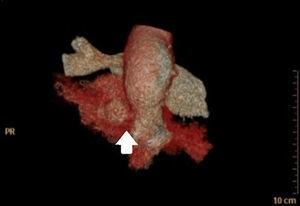Journal Information
Share
Download PDF
More article options
Update in intensive care medicine: Critical patient safety
Available online 25 April 2024
Impact of patient safety on outcomes. From prevention to the treatment of post-intensive care syndrome
Impacto de la seguridad del paciente en los resultados. Desde la prevención al tratamiento del síndrome post-cuidados intensivos




